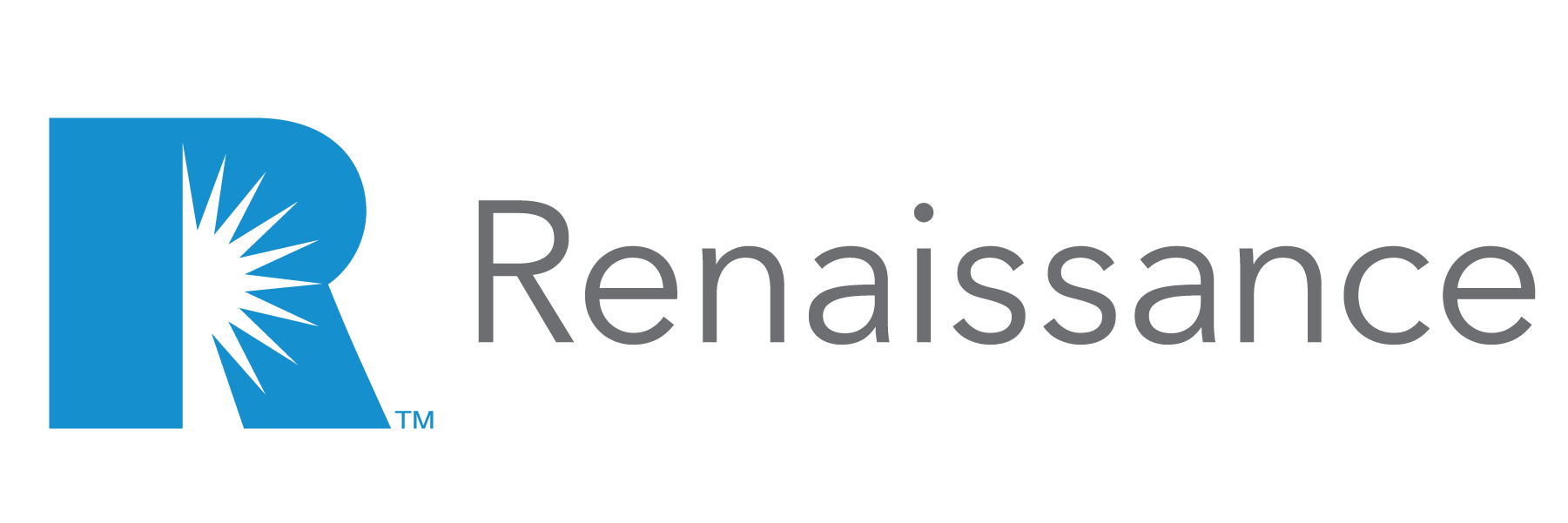Are you daunted by all the tech tools available for your agency? Are you confused about where to start, in making upgrades? You’re not alone. Here’s how to confidently move forward.
If you’re an agency principal and you’re alienated by the idea of using new insurance agency technology for your business, chances are you’ve been thinking about it the wrong way.
As an independent insurance agency leader, the first and most important thing you need to realize is that your ability to provide customers the best possible advice as a trusted advisor doesn’t change when new insurance agency technology comes into play. The counsel you provide is your business’ most fundamental value proposition – more so than the actual binding of coverage – and remains the most valuable thing you have to offer.
The right insurance agency technology supports that primary skill set, and can empower you to provide better, more informed insights in addition to delivering efficiencies on the transactional side.
The process of discovering which tools are the best for your independent insurance agency can seem daunting, and what works for some agencies might not fit your profile – or even your budget. However, there are several guiding principles every agency should follow in their search for achieving maximum efficiency – and growth.
Let’s look at the biggest technology-related considerations for any independent P&C agency, and we’ll provide an overview of the ones you should consider prioritizing in order to drive more revenue.
When you think of technology, it’s helpful to ask yourself these questions:
- Why do I need technology?
- Accepting that I need technology, how do I decide which tech to prioritize? (The answer to this comes from understanding which problems or opportunities are most important for you to deal with.)
- Understanding my priorities, how do I decide which tools and/or which technology providers to purchase or hire?
- After I purchase or hire the tools, how do I implement them, and train and manage my staff and workplace around the new tech solution?
More than a few agency principals might have the same questions, so let’s look at:
- Defining the “right” agency tech tools
- The importance of good data hygiene
- Why insurance agency software doesn’t have to be hard
- Fulfilling your vision
Download our free e-book here: The Independent Agent’s Playbook for Success – How to Solve Your Agency’s Five Biggest Challenges
Defining the “right” agency tech tools
Let’s establish something right off the bat: The technology your agency uses should always serve you – not the other way around.
We’re aware that insurance agency principals and technology aren’t always the closest of friends. While there are several reasons for that, one of the biggest is that most people fear change, they can dread learning new systems, and are often afraid that a new system will end up taking over their lives and leave them in a worse situation than they were in before it was implemented.
Again, this is often because of the way insurance agency principals, producers, and CSRs frame new technology in their minds: This is going to end up consuming all my time. This is too complicated. All the paperwork I’m dealing with isn’t really that bad – after all, I’ve done it this way for this long. The next owner can make the technology investments; let it be his problem.
Those fears are not unfounded. The software agents are working with isn’t always well-designed, carriers typically aren’t concerned with the agent experience, and many of the legacy software providers in the industry prioritize flexibility over ease of use.
No one wants to invest in new technology tools for their agency that aren’t intuitive or aren’t simple to use. What good is having a new tool if it doesn’t save you time?
The “right” technology solution for your business should be intuitive, simple to use, and provide you better data, which helps surface new selling opportunities and saves you time and energy that could be put to use on revenue-driving tasks.
This leads us to a much-needed conversation about hygiene.
The Importance of Good Data Hygiene
Just as practicing good personal hygiene helps keep your body healthy, good data hygiene is essential for the health of your agency. But what does it mean to practice good data hygiene?
Essentially, practicing good data hygiene involves your staff inputting information on each of your customers that is as error-free as possible, updating that information regularly, and purging outdated information. That “good” data includes everything from the most recently updated contact information (including most current email addresses) to the policies they hold and which carriers they’re insured by.
“Dirty” data is what you get when you have duplicate records, incomplete or outdated data in your systems. These types of errors can be introduced at any stage as your CSRs enter, store, and manage your clients’ information, so being consistently accurate is a good mindset for your staff to maintain as you go forward.
To ensure that your agency’s sales, marketing, and customer materials are going to the right prospects and clients, your customer databases should be kept “clean” and free of errors. That starts with having an agency management system that captures all the information that can be gathered on the client in one central, reliable database.
Good data hygiene, however, involves more than just making sure you have the right information at hand when you need it and that you aren’t keeping old data you no longer need. It’s about creating a bigger process around how you manage that information.
Your agency’s workflows should be anchored around that proprietary data, in order to allow you to “scroll through your business” and more easily identify chances to sell. Often, this reveals opportunities for cross-selling that you hadn’t identified previously.
Once an insurance agency has a clearer picture of the types of coverage being purchased by a specific client, it becomes instantly clearer what types of coverage aren’t being carried by that customer.
For example: you can discover that a customer might be carrying an auto policy, but not a homeowners or rental policy. A high-net-worth client may be buying a homeowners or auto policy, but not umbrella coverage. Their policy limits on valuables, for instance, might be found to be insufficient in the time since their original policy was written and are now in need of an update.
Knowing everything you possibly can about every one of your clients not only unlocks doors to new sales, but also helps you fulfill your basic, most valuable mission as an independent insurance agent: your ability to serve customers as thoughtfully and insightfully as possible.
Why insurance agency software doesn’t have to be hard
A word, here, about agency software.
The right insurance agency software tools can help streamline and improve processes, cut down costs, and drive sales. Your agency will benefit from better security, accessibility, better customer relationships, and retention.
Selecting the right software for your agency’s needs is essential, and those needs may differ from other agencies. The solution you’re going to invest in should cater to your business’ specific requirements (remember – the tech should work for you, not the other way around).
However, once you’ve made a selection, here are five valuable pieces of advice when it comes to implementing that software:
- Don’t overhaul everything all at once. Make changes slowly across departments.
- Ensure that your employees understand what changes are being made to your software toolkit, why they’re happening, and how you’re going to be supporting them during the adoption process.
- Put customer service first and train your staff accordingly.
- Provide the necessary resources needed to make the transition. Do you need computer upgrades? Make provisions for that.
- Appoint a key person to supervise and coordinate all of these changes.
If this sounds like a process for which a trusted advisor of your own would be extremely helpful, your instincts are right. Joining an agency network like Renaissance Alliance that specializes in technology to guide you through the transition is a move that will pay dividends, in more ways than one.
Fulfilling Your Vision
Regardless of the platforms you select or the tools you implement, however, one of the biggest goals for your insurance agency should be achieving maximum efficiency.
It’s not just about eliminating mounds of paperwork (which, yes, having the right technology tools does), but also about seeing the bigger picture for your business. It’s important to crystallize your vision for what you want to see on the other end of a technology upgrade before you begin looking at options. Ask yourself: What do I want to achieve here, for my agency? What does that look like?
When it comes to insurance agency technology solutions, you first have to have a destination in mind in order for your team to begin making informed decisions on how to get there.
At the end of the day, technology is meant to empower you so that your agency can provide the best service possible to your clients. It helps you achieve efficiencies and surfaces cross-selling opportunities, which leads to better retention – and all of these things lead to more growth for your business.
Don’t think of insurance agency technology as a necessary evil, or a means to an end. Think of it as a resource for you to draw upon to help the customer make smarter decisions, as well as a set of solutions that saves time and money for your staff to concentrate on revenue-driving activities instead of menial tasks and paperwork.
By the time that journey is done, you’ll wonder why you ever hesitated to take the first step.






